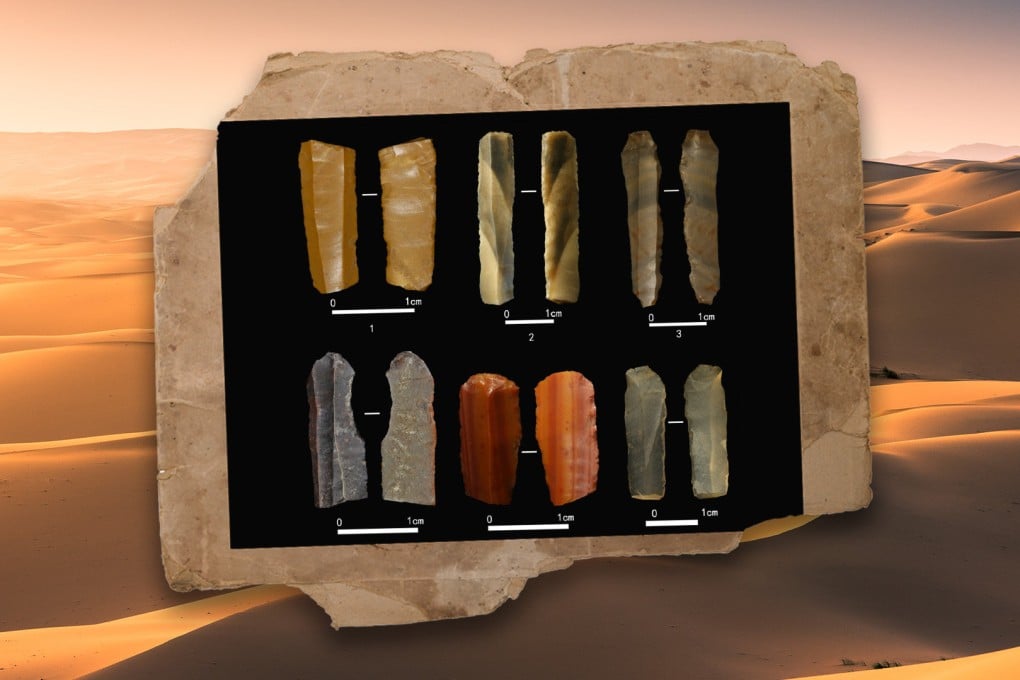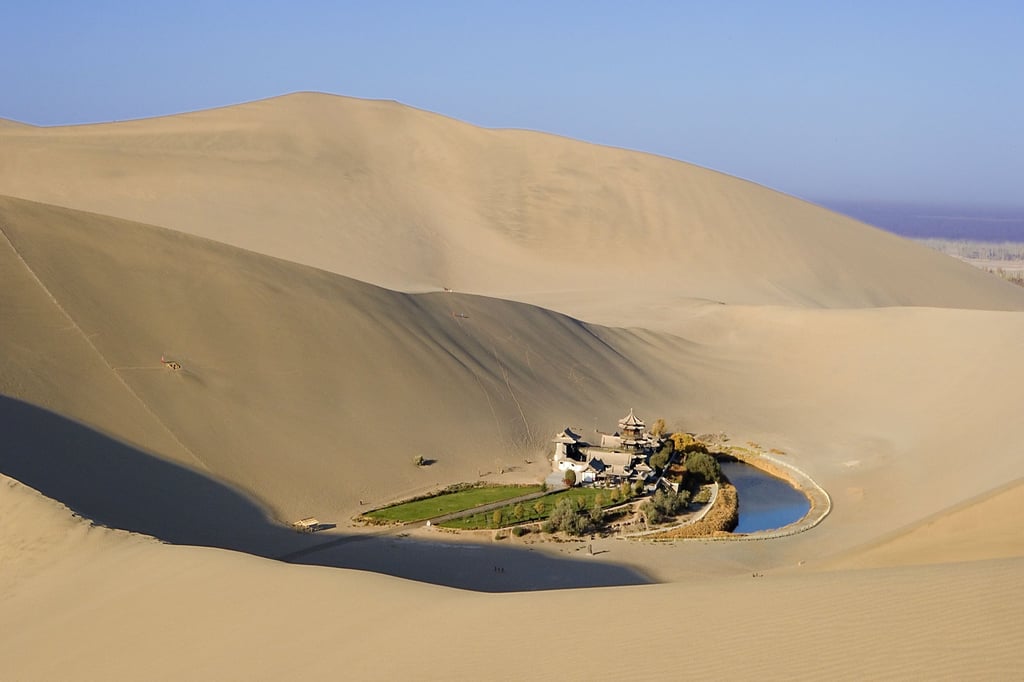New research suggests that prehistoric humans in China survived Gobi Desert by adapting technological development
- One tool became essential for ancient people to source food
- Evidence suggests prehistoric people adapted their behaviour to fit the harsh environment of the Gobi Desert

Few places in the world are as environmentally harsh as China’s Gobi Desert, and yet, long before humans developed rudimentary weapons, invented the wheel, or mastered agriculture, they were surviving and thriving in the Gobi Desert.
So, how did these early Chinese hunter-gatherers manage to navigate the severe living conditions? A new study published in the peer-reviewed Journal of Archaeological Science in late April gives immense credit to the people’s ability to leverage a technology called microblades and adapt production to meet environmental demands.
Microblades — small rudimentary knives made by chipping stones to form a tool with sharp edges and, if possible, a pointed end — were often used for hunting, fishing, and possibly forest clearance during gathering expeditions.
In other words, they were essential for prehistoric people’s ability to feed themselves.
“The [Gobi Desert] landscape consists of sparsely vegetated erosion basins, former lake beds, gravel plains, dune fields, and less arid desert steppe areas. The harsh, cold winters, combined with low vegetative biomass, present distinctive challenges for prehistoric hunter-gatherers,” wrote the researchers.

During this time, the Younger Dryas climate event (around 11,700-12,900 years ago), the most severe interruption of the Earth’s general warming trend following the Ice Age, was in full force. There is a lack of evidence of human activity in the Gobi Desert from these years, suggesting humans struggled to survive in the region.